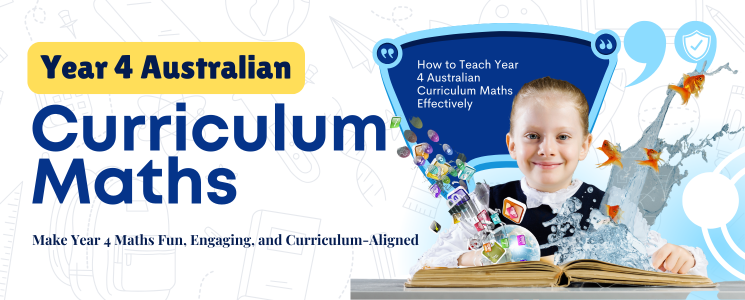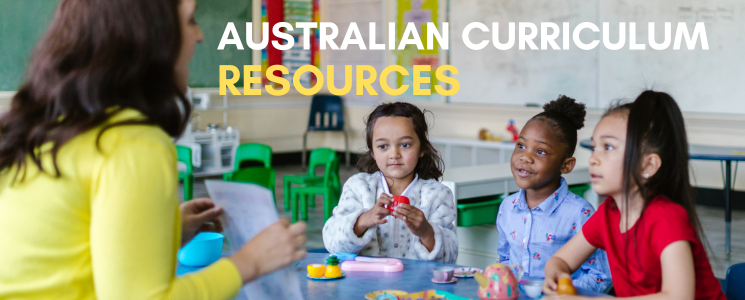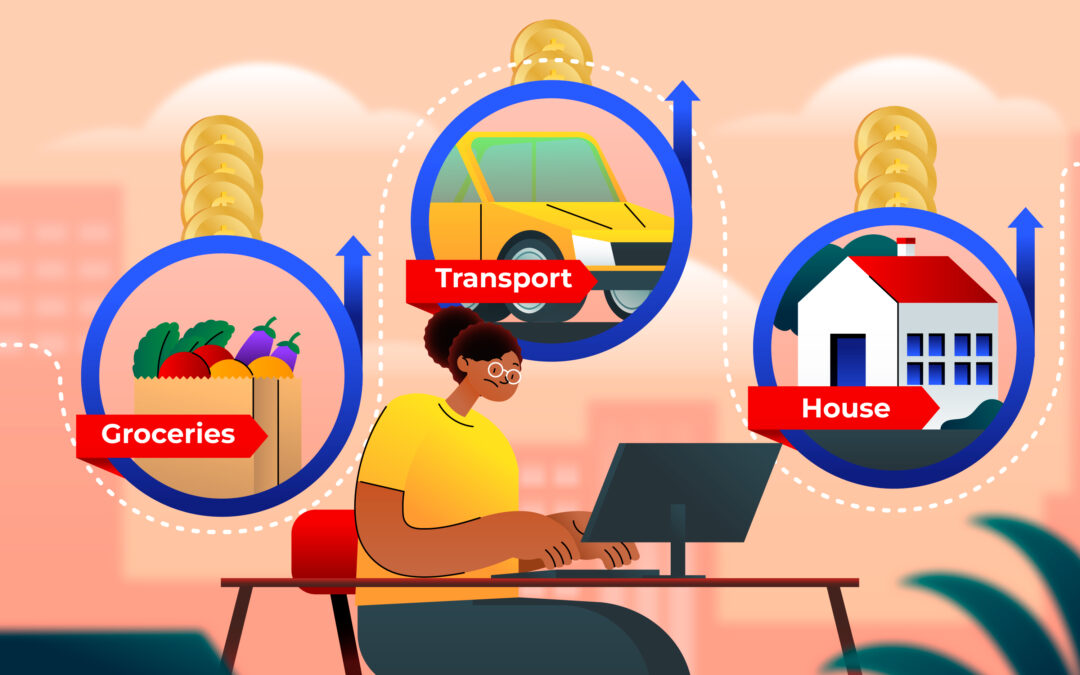Every great classroom starts with great preparation. For teachers across Australia, aligning lessons with the national curriculum is essential for ensuring students receive consistent, high-quality education. Having the right Australian Curriculum teaching resources can make this process easier, more effective, and far more engaging for students.
But with so many options available, how do you know which resources actually support classroom success? Let’s explore the most essential teaching materials, strategies, and tools that help educators deliver impactful lessons aligned with the Australian Curriculum. Whether you are a new teacher or a seasoned professional, these insights will help you feel confident, prepared, and inspired in every class you teach.
Understanding the Importance of Australian Curriculum Teaching Resources
Before diving into the list of essential tools, it is important to understand why Australian Curriculum teaching resources are so valuable. The Australian Curriculum provides a clear national framework that defines what students should learn as they progress through school. It ensures consistency across states and territories while allowing flexibility for teachers to adapt content to local contexts.
Teaching resources aligned with this framework help bridge the gap between curriculum goals and classroom practice. They transform broad curriculum outcomes into practical lessons, hands-on activities, and engaging assessments. In other words, these resources turn theory into action.
Good teaching resources also save teachers time. Instead of creating materials from scratch, you can rely on pre-structured guides, templates, and activities that are already aligned with the national standards. This allows you to focus on what matters most, delivering lessons that spark curiosity, creativity, and deep understanding among students.
Core Types of Australian Curriculum Teaching Resources Every Teacher Needs
When it comes to classroom success, having access to the right types of teaching resources makes a big difference. Below are the key categories that every educator should have in their toolkit to effectively implement the Australian Curriculum teaching resources framework.
1. Curriculum-Aligned Lesson Plans
Lesson plans are the foundation of great teaching. They guide the flow of your classes, ensure that learning outcomes are met, and help you stay organized. Look for lesson plans that are specifically designed around the Australian Curriculum achievement standards.
For instance, a Year 5 English lesson plan might focus on developing persuasive writing skills, while a Year 8 Science plan could emphasize hands on experiments related to ecosystems. Quality lesson plans also include differentiation strategies, assessment ideas, and suggestions for extension activities.
When your lesson plans are directly aligned with the curriculum, you can feel confident that you are teaching what students are expected to learn, no more guessing or improvising.
2. Interactive Learning Materials
Students learn best when they are engaged and involved. Interactive learning materials such as digital worksheets, videos, games, and simulations help bring abstract concepts to life. Many Australian Curriculum teaching resources platforms offer ready-to-use digital tools that encourage active participation.
For example, in Mathematics, interactive geometry apps allow students to explore shapes and measurements in real time. In History, virtual timelines help students understand the sequence of key events. These types of materials make learning both enjoyable and memorable.
Technology-based resources also support differentiated learning. Students who need more practice can revisit topics at their own pace, while advanced learners can move on to more challenging activities. This flexibility helps you cater to every learner in your classroom.
3. Assessment Tools and Rubrics
Assessment is a core component of effective teaching. It helps you track student progress and measure whether learning outcomes are being achieved. The Australian Curriculum teaching resources often include pre-designed assessment rubrics, checklists, and performance tasks that align directly with curriculum standards.
Rubrics help both teachers and students understand what success looks like. They provide clear criteria for evaluating work, ensuring fairness and consistency. For example, a rubric for persuasive writing might evaluate structure, vocabulary, argument strength, and grammar.
Formative assessments, such as quick quizzes or group discussions, help monitor understanding throughout a unit. Summative assessments, like essays or projects, evaluate overall achievement at the end. Using these structured assessment tools ensures that grading is transparent and aligned with national expectations.
4. Professional Development Resources
Even experienced teachers benefit from continuous learning. The education landscape is always evolving, and staying updated with new teaching methods, classroom technologies, and curriculum updates is vital.
Professional development is one of the most valuable yet often overlooked Australian Curriculum teaching resources. Workshops, webinars, and online courses help teachers strengthen their understanding of the curriculum and discover innovative ways to deliver it.
For example, professional development programs might focus on integrating digital literacy, enhancing critical thinking in Science, or improving literacy outcomes in early years. Participating in these opportunities not only enhances your teaching skills but also boosts confidence in aligning lessons with curriculum standards.
5. Resource Libraries and Online Platforms
In the digital era, access to quality resources has never been easier. Numerous online platforms offer Australian Curriculum teaching resources across all learning areas and year levels. These platforms provide lesson plans, worksheets, videos, assessments, and even interactive tools for teachers and students.
Many of these platforms categorize resources according to subjects and curriculum strands. For instance, a teacher looking for Year 3 Mathematics content can quickly find resources on multiplication and problem-solving that match the achievement standards.
Online resource libraries also allow collaboration among teachers. You can share lesson ideas, download templates, and connect with a community of educators working toward similar goals. This collective knowledge helps improve classroom practice and fosters a culture of continuous improvement.
Making the Most of Your Australian Curriculum Teaching Resources
Having the right resources is only part of the equation. How you use them in your classroom determines their true value. Here are a few ways to make the most of your Australian Curriculum teaching resources:
-
Plan with purpose: Start with the learning outcomes and choose resources that directly support them.
-
Differentiate learning: Adapt resources for students with varying abilities and learning styles.
-
Blend digital and traditional methods: Use a mix of hands-on activities and online tools to keep lessons dynamic.
-
Reflect and adapt: After each lesson, review what worked and what didn’t. Update your resource list accordingly.
-
Collaborate with peers: Share insights and exchange ideas with fellow teachers to improve classroom delivery.
When resources are thoughtfully chosen and used strategically, they can transform classroom learning into an engaging and results-driven experience.
The Role of Quality Resources in Student Engagement and Achievement
Students learn best when lessons are clear, interactive, and relevant. High-quality Australian Curriculum teaching resources help achieve this balance by providing structured support for both teachers and students.
For teachers, these resources reduce the stress of lesson planning and ensure alignment with curriculum outcomes. For students, they provide engaging learning experiences that make complex topics easier to understand. Whether it’s a visual presentation explaining solar systems or a hands-on math activity involving real-world problem-solving, quality resources make learning come alive.
When students are engaged, they are more likely to retain information, participate actively, and achieve better results. The right resources can spark curiosity and a love for learning that extends beyond the classroom.
The foundation of classroom success lies in preparation, creativity, and access to the right materials. The Australian Curriculum teaching resources play a vital role in helping teachers design effective lessons, measure progress, and inspire every student to reach their potential. By combining curriculum aligned lesson plans, interactive materials, assessment tools, and professional learning opportunities, teachers can build a strong framework for teaching excellence. These resources not only simplify planning but also enrich classroom experiences, making learning more engaging and effective.
Investing time in selecting and utilizing quality Australian Curriculum teaching resources will pay off in the form of improved student outcomes, confident teaching, and a more organized approach to learning. As you continue to refine your teaching practice, remember that the right resources are not just tools, they are the bridge between curriculum goals and real classroom success.







